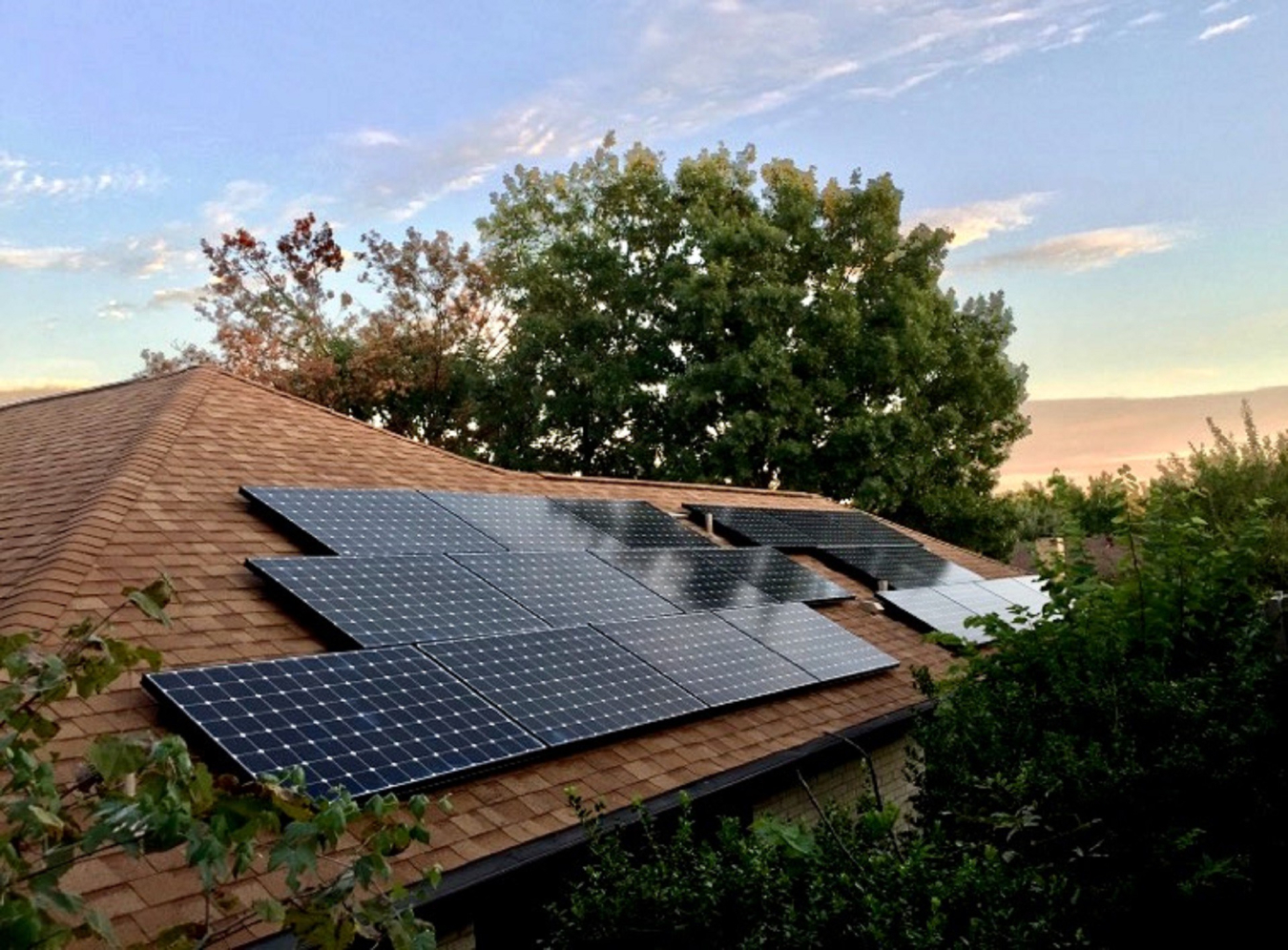What happens to the electricity in your home during a power outage when you have rooftop solar panels installed?
Office of Critical Minerals and Energy Innovation
June 30, 2020
If you’re ready to install a solar energy system in your home or business, welcome to the club: The United States has installed more than 2 million of them. Of course, it helps to understand the unique aspects of owning a solar energy system, including what happens in the event of a power outage.
You may be wondering: Can I lose power when I have my own photovoltaic (PV) system? Well, most residential solar systems have to be connected to the grid to provide power, according to current interconnection standards. So if a storm or a cyberattack disrupts the grid, your power gets disrupted too. Now, energy storage batteries or generators can bring your solar electricity back online, but they can be costly. Portable and backup generators are the least expensive options, but they can be noisy, smelly, and could release carbon monoxide into your home. Battery storage is quiet and odorless, and the amount of power it provides during an outage is easily scalable depending on the size you need. Battery storage can also lower your monthly utility bills.
It’s great to have options. Meanwhile, the Office of Energy Efficiency and Renewable Energy (EERE) is working to lower electricity costs and improve grid resilience so that customers aren’t as susceptible to power outages in the first place.
One way EERE is taking action is through the Grid Modernization Laboratory Consortium (GMLC)’s Resilient Distribution Systems program, which seeks new ways to strengthen electric distribution systems using solar and other distributed energy resources (DER). Another is the Solar Energy Technologies Office (SETO)’s systems integration efforts, which will add more solar to the grid, making the grid more resilient, reliable, and secure.
The best way to increase grid resilience largely depends on leveraging the installed DER assets to is to have decentralized power options in case the grid goes down. New tools, such as smart meters, high-speed relays, and sensors can monitor and manage distributed energy resource systems that can provide power without the grid. We’re also designing new power electronic devices that can integrate solar with storage to provide backup power, and respond to grid faults or electrical equipment failure.
Microgrids are localized energy grids that can disconnect from the main grid in a crisis and continue to operate on its own. Last year we showed that a microgrid in Chicago provided power entirely on its own to residences and businesses, drawing on power from battery storage and community solar systems.
Since speed is critical in bringing power back online, we worked with Los Alamos National Lab on a project that rapidly reconnects customers to power after an outage and restores electricity before the larger grid is recovered, a process known as black start. The University of California at Riverside is developing a distributed energy resource management system that has real-time controls for utilities. We’ve also been working with five National Labs to provide tools and analysis to Puerto Rico to help design and operate a more resilient electric power grid for the island.
DOE is continually working to make sure that the electric grid is more resilient, secure, and reliable. Solar is just one of the ways that we can ensure continuous power no matter what. To learn more about the technologies in these efforts, read Solar Integration: Inverters and Grid Services Basics.

